No animal is completely bulletproof, but there’s a wide variety of species on the earth with stiff, rigid shells covering some or all parts of their bodies to ensure protection against unexpected attacks.
There are several armored animals that can deflect pistol or rifle-caliber rounds and shotgun pellets. Also, there are countless examples of animals across the globe that can shrug off and survive bullets or shots. If you’re curious to know about these armored animals, you’re at the right place.
This post has compiled a list of some of the best-known bulletproof animals from different parts of the planet. You will also come across some recorded encounters where some of these bullet-resistant animals had been able to deflect or withstand bullet shots. So, without further ado, let’s get started.
List of Animals with Bullet Proof Skin Structure
As mentioned, there are several species of armored animals that use their outer shells as a defense against predators. In this section, you will come across a list of animals with armor plates.
Are Armadillos Bulletproof?
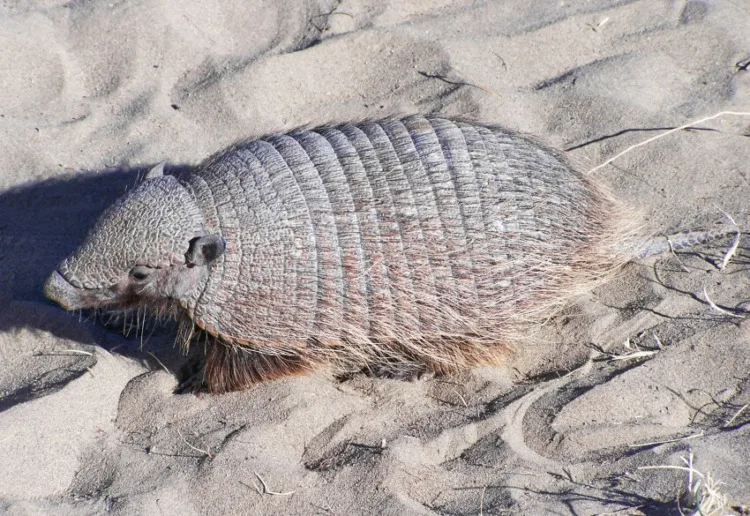
Members of the Dasypodidae family, armadillos are armored animals mainly found in subtropical and tropical areas of South and Central America. Looking like a combination of an enormous roly-poly, a medieval knight, and a pig, armadillos are actually mammals.
Now, the question is – “is armadillo armor bulletproof?” No, it is not entirely bulletproof. Basically, an armadillo is a barrel-shaped animal with a rigid, rough shell that works as its natural armor. This outer shell is formed with bony plates called osteoderms which naturally grow in the skin.
Armadillos are the only species to wear such shells, and the weight of these shells is around 15% of their total body weight.
On feeling threatened, they protect themselves by rolling into a defensive ball. When they roll, the bony plates on their body overlap each other to ensure added protection to the head, tail, back, and legs.
For instance, there’s an incident where a Texan man who was trying to shoot an armadillo ended up being hospitalized after the bullet bounced off the animal’s hard shell and hit him in the face.
Overall, though armadillos have the strongest armor, these living creatures are not bulletproof. Moreover, scientists have developed bulletproof jackets by taking inspiration from these creatures.
See Related: Fastest Animals in the World
Are Abalones Bulletproof?
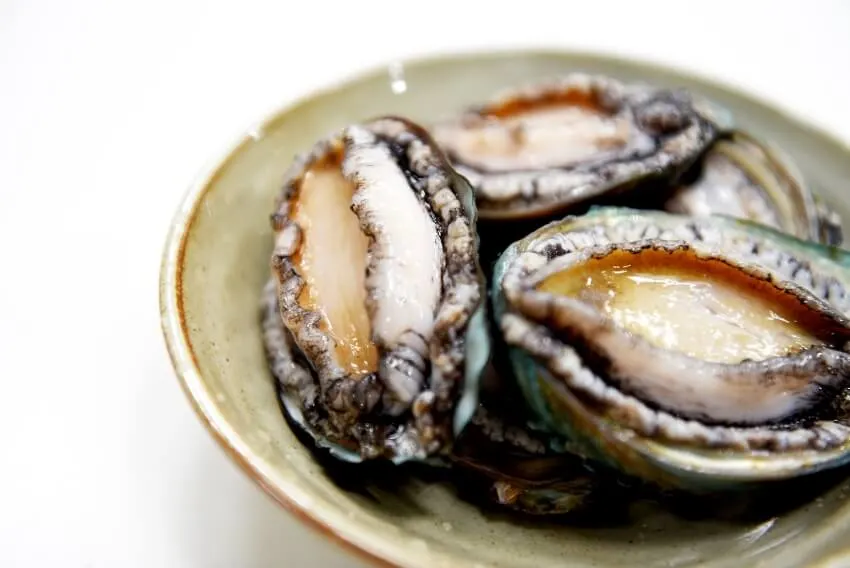
Belongs to the Haliotidae family, abalones are gastropod mollusks found in coastal saltwater. They live in shells that act like a “brick and mortar structure,” which helps them survive in different environments. Best known for their mother-of-pearl interior, abalones are admired for the toughness of their shells.
Their shells are composed of multiple layers of calcium carbonate or chalk plates and a glue-like protein, making them three thousand times more fracture-resistant compared to a crystal of the pure mineral alone.
The calcium carbonate makes shells extra strong, and the protein helps plates slide a bit, enabling the outer body to absorb impact without shattering. Overall, the toughness and structure of abalones’ shells make them resistant to bullet shots.
See Related: These Are 16 of the Strongest Animals in the World
Are Pangolins Bulletproof?
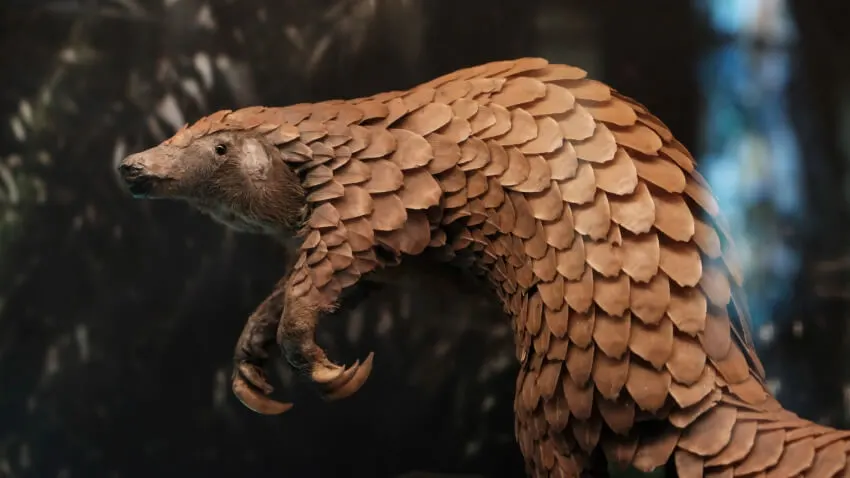
Pangolin is the only mammal wholly covered in hard scales to ensure maximum protection from predators in the wild. They have large, overlapping plates made of keratin; the material is similar to humans’ nails.
When pangolins feel any threat, they curl into a ball and use their sharp-scaled tails as a defense. The scales of pangolins make them strong enough to pop dents by themselves.
However, the question is – “are pangolin scales bulletproof?” According to an urban myth, pangolins’ scales are too strong, and even bullet shots cannot get through them.
Also, a story says that a man who tried to kill a pangolin ended up getting killed by a ricocheting bullet. Despite reports of bullets ricocheting off pangolins, these creatures are not entirely bulletproof.
However, the scale of pangolins can provide maximum protection against objects that might pierce its body. Additionally, research on the structure of pangolin scales states that a detailed understanding of the animal’s structure could open a way for scientists to design body armors and bulletproof vests.
Also known as the pirarucu or paiche, arapaimas are air-breathing fishes. The creatures are mainly found in the tropical waters of South America.
They are one of the world’s largest fish species with tapered and streamlined bodies. These black fishes with a white center can grow up to 15 feet long and have layers of tough, flexible scales.
Sealed in a mineralized cover, the hard scales of arapaimas are made from collagen. These fishes have an average of three layers, allowing them to survive different scenarios.
The upper layer protects against bites from predators. The collagen makes scales strong enough against breaks, and the corrugated layer ensures integrity. These features and qualities of scales make them resistant to bullets.
Moreover, the toughness of arapaimas’ scales inspires researchers to make better and more robust body armor or bulletproof jackets.
See Related: These Are 16 of the Strongest Animals in the World
Are Ironclad Beetles Bulletproof?
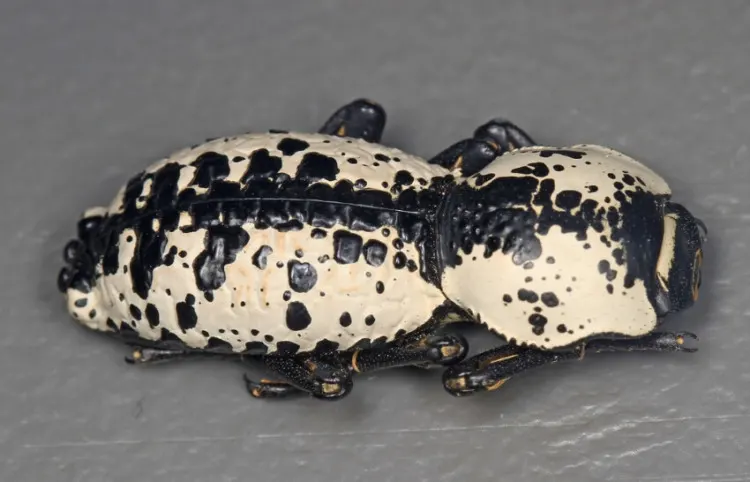
Ironclad Beetles are another popular species of animals with armor plates. They are super tough and can withstand animal stomps, bird pecks, and even the weight of a car. One needs a hammer or drill to get through the rugged body of an ironclad beetle.
Made of chitin, the exoskeleton of this insect can withstand forces up to 39 thousand times its own weight. That means a 200-pound man is surviving a 7 to 8 million pound crush.
Additionally, these ironclad beetles also have elytra, which is essential to the strength of the exoskeleton. Both elytra and exoskeleton combine to build a twirling, winding suture.
Overall, these diabolical ironclad beetles are practically indestructible, and this feature makes them resistant to bullet shots.
Are Crocodiles Bulletproof?
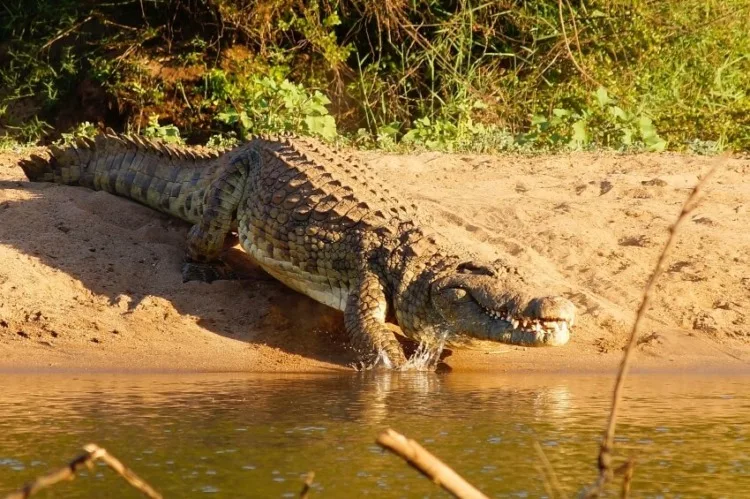
Crocodiles are giant reptiles mainly found in tropical regions of America, Australia, Asia, and Africa. They have a unique skin texture which is highly appreciated in the fashion world.
Crocodiles have thick skin, and the bony plates under the skin serve as a shield to inner layers. The ultra-tough skin, bone-like scales, and strength of these water animals make people believe they are impervious to bullets.
Though a large, fully-grown crocodile could survive a shot from a smaller weapon, multiple gunshots can take any crocodile down, regardless of its size.
Keeping every factor in mind, we can say that a crocodile does not have a bulletproof body, but they can deflect or survive many powerful shots due to the thick layer of skin and bony scales. However, some well-placed shots on their vital parts can kill them immediately.
Are Whales Bulletproof?
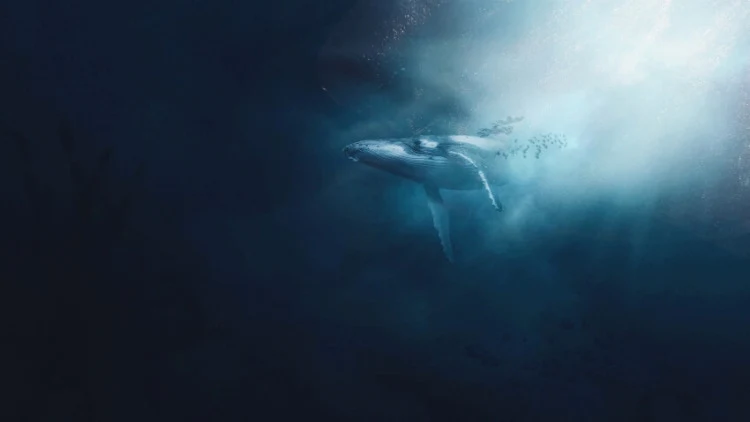
Whales are the only animal on the planet that can grow up to 98 feet long and weigh up to 400,000 pounds. The skin of a whale can be around 13 inches thick, making it challenging for researchers to collect their blood samples. However, the blubber thickness may vary from one species to another.
This 13-inch blubber of whales ensures maximum protection, making them withstand multiple strikes without any severe damage.
Though no animal is bulletproof, the structure of whales makes them the most bullet-resistant living creature on earth.
See Related: Five-Letter Animals to Know the World
Are Elephants Bulletproof?
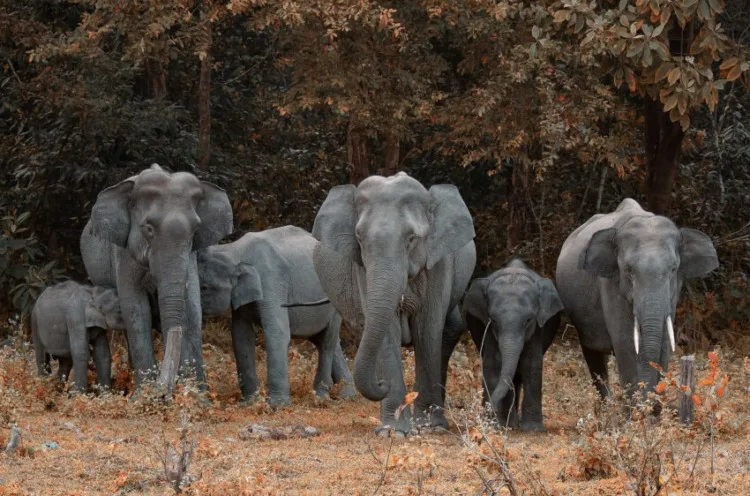
Elephants are among the largest land mammals with massive bodies, long trunks, and wide ears. Coming to the debate whether they are bulletproof or not, an elephant’s skin can be 1 to 1.5 inches thick on most body parts.
The tough bone and thick hide make an elephant’s body hard enough to stop several rounds. There was a miraculous event where a wild elephant survived even after getting shot in the skull.
A poacher carried out this attack intending to make ivory trinkets, but he missed the target point. If this shot were 1 inch down, the bullet would have killed the elephant by hitting the animal in the brain. It shows that elephants’ bodies are not bulletproof, but they are tough when it comes to bullet resistance.
See Related: Elephant Poaching & The Ivory Trade
Are Rhinos Bulletproof?
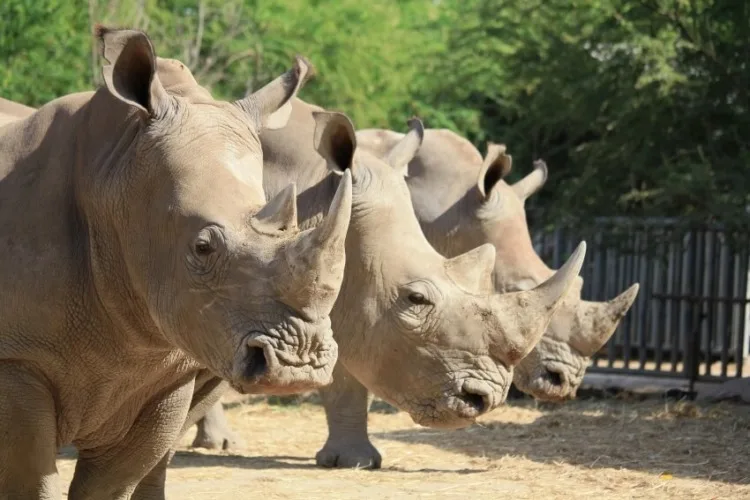
Members of the Rhinocerotidae family, rhinos or rhinoceros are bullet resistant animals. There are around 5 five species of rhinos across the globe, three in Asia and two in Africa.
Compared to other mammalian skin animals, rhinos have a thick, protective armor highly specialized in its material properties and structure. Their skin is between 1.5 to 5 centimeters thick, formed from ultra-dense fiber and the layers of collagen in a lattice structure.
The dense and crosslinked collagen fibers make the skin extremely tough. The thickness of rhinos’ skin is not uniform throughout the body; it is thicker at the shoulders and back and soft around the neck area.
The thickest part of the skin may stop some bullet shots from quite a distance from a regular rifle or pistol, but it is not entirely bulletproof.
There was an incident in South Africa in which a female adult Southern White Rhino was hit by poachers in the lower neck and left to die. The condition of the rhino wasn’t good, but she still managed to survive this ordeal after treatment.
Are Hippos Bulletproof?
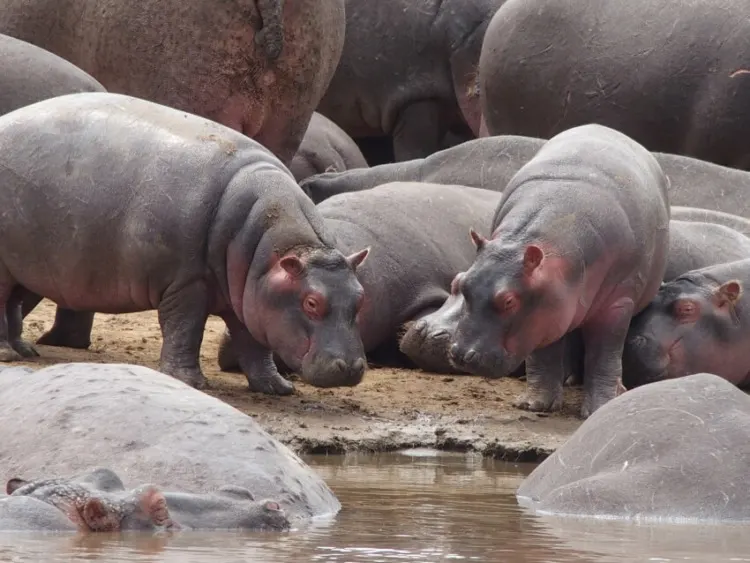
Also called hippopotamus, hippos are one of the largest land mammals. With an average weight of 3,300 pounds and length between 0.8 and 16.5 feet, hippos are enormous and bulky in appearance.
The skin of a hippo can be 2 inches thick throughout his body. This thick hide serves several purposes, such as protection from harsh sun rays and bullet hits.
The thickness of the skin and bulky size of hippos make hippos almost bulletproof or immune to bullets.
However, one can bring a hippo down by shooting him in his torso – the skin is fragile in this area. Those planning to hunt a hippo need a strong double rifle, such as .450/.500 Nitro Express.
Are Polar Bears Bulletproof?
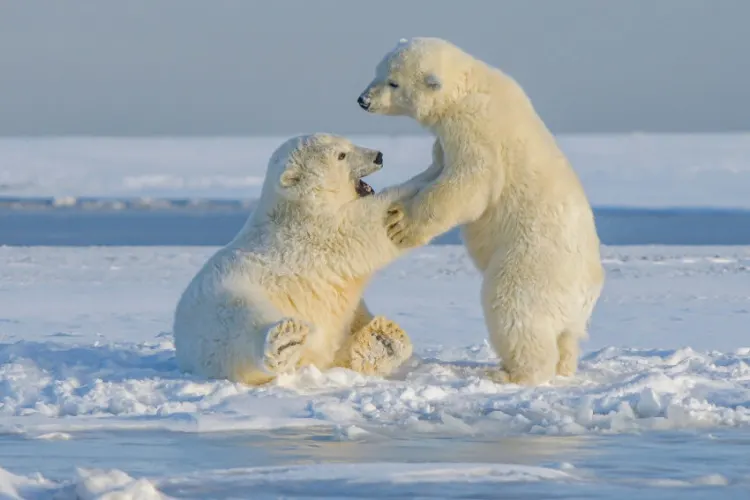
Polar bears or grizzly bears are another one of the largest carnivorous mammals. Weighing around 1,700 pounds, an adult polar bear is about 7 to 8 feet long. These animals have the heavy double-layered fur of all, very thick compared to human hair.
Under this fur, there is a bushy layer of body fat, usually 4 inches, that keeps them warm in the cold atmosphere. They are tough with thick hides, big bones, and heavy muscles.
Due to excessive body fat and heavy fur, one must make a good shot and hit the vital organs to kill this wild animal.
Overall, a polar bear or grizzly bear is not bulletproof, but it is challenging to make a successful shot due to the heavy hide.
See Related: Fun Bear Facts That You Didn’t Know
Are Moose Bulletproof?
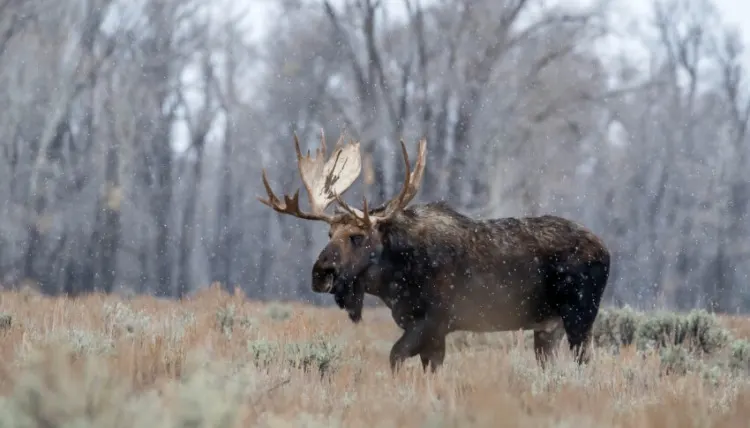
A member of the Cervidae family, moose are the tallest of the deer species mainly found in the US, North America, Canada, Europe, and Asia. A fully grown moose is around 6 feet and can be identified by their long faces and swaying skin under the throat.
Weighing between 1200 and 1800 pounds, an adult male moose has thick fur and velvet-type skin. The overall texture makes it hard for attackers to stop a moose with a small rifle.
Due to dense skulls and heavy skin on their head and neck, these wild animals can withstand multiple shots without succumbing.
See Related: Fun & Interesting Deer Facts You Need to Know
Are Gorillas Bulletproof?
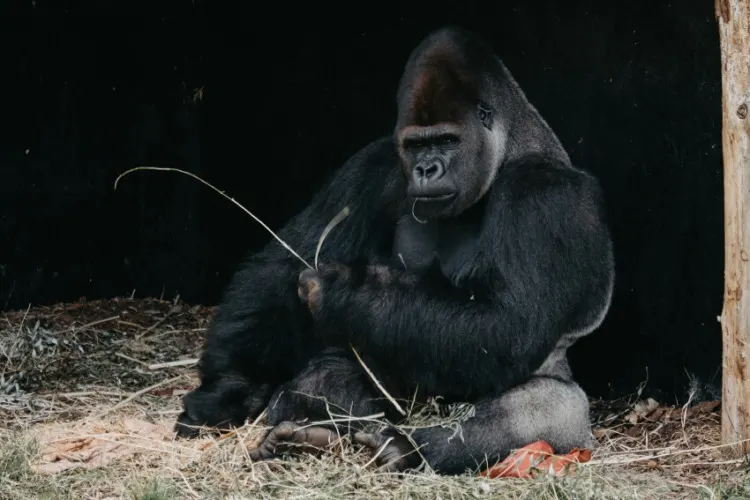
Gorillas are giant apes with small eyes, large, human-like hands, and broad chests and shoulders. An adult male gorilla is around 66 inches in length and 372 pounds.
Gorillas are another well-known name in the list of animals with armor plates. They have a unique shape – their stomachs are bigger compared to chests.
Gorillas have thicker skulls and skins than humans, making it difficult to take these primates down with a single shot from a distance.
Due to thick skin and heavy body mass, these creatures have the reputation and strength to take insufficiently-powerful gun fires that don’t kill them straight off.
These are some of the animals with bullet-resistant skin structures. Considering the list, it won’t be wrong to say that no animal is completely bulletproof. The bony plates, scales, hard shells, heavy fur, and multiple layers of skin enable these animals to survive or deflect some shots from a small rifle.
FAQs
Are there any animals that are essentially bulletproof?
There are no animals that are essentially bulletproof. While some animals, such as armadillos and pangolins, have tough armor-like skin or scales that can provide some protection against predators, they are not completely impervious to bullets. Additionally, the use of firearms against animals is generally discouraged and illegal in many areas.
Are honey badgers bulletproof?
Honey badgers are not bulletproof. Although they have a tough and durable skin, they are not impervious to bullets or other projectiles. In fact, honey badgers are often hunted and killed for their fur and meat, making them vulnerable to human activities.
Are alligators bullet resistant?
Is alligator bulletproof? Alligators are not bulletproof, but their tough skin can resist penetration from small caliber bullets. However, larger caliber bullets can pierce their skin and cause harm. Additionally, the thickness and toughness of an alligator’s skin can vary depending on its age, with older alligators having tougher skin.
What can deflect bullets?
Is bulletproof armor a material that can deflect bullets? Yes, bulletproof armor is a type of material that can deflect bullets. It is typically made from layers of strong, durable materials like Kevlar, Spectra Shield, or Dyneema. These materials are designed to absorb and disperse the kinetic energy of a bullet, reducing its impact and preventing it from penetrating the armor.
Related Resources
